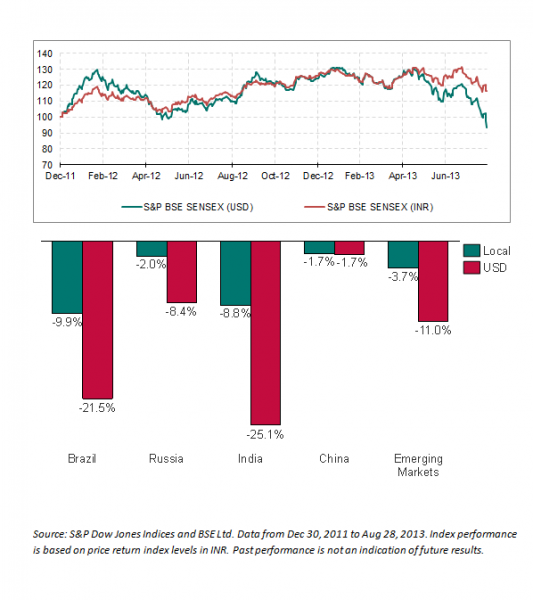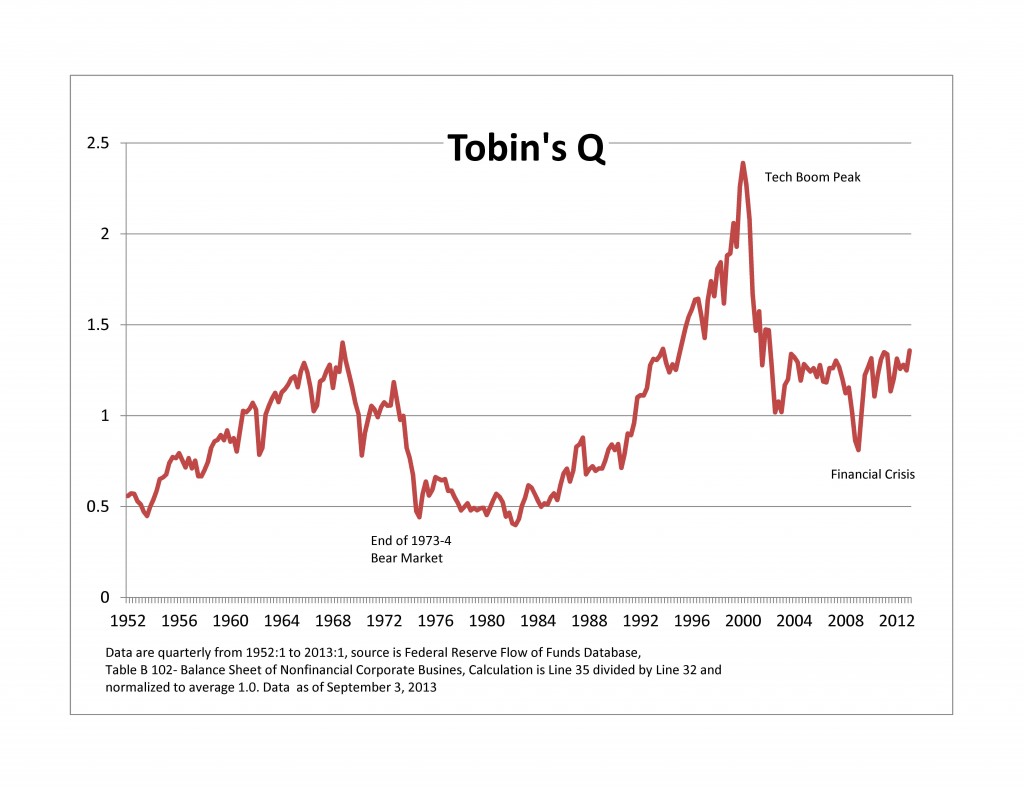August was a hot month for commodities from the Syrian unrest and the heat. In the risk on – risk off environment created by the quantitative easing, the sentiment has shifted to risk off. While that is not good news for some economically sensitive commodities like copper, it is great news for others like precious metals, which was the best performing sector for the month, up 7.9%. The S&P GSCI Silver had its best August ever on record since 1973, gaining 19.5%. Also, the heat was a factor that drove the S&P GSCI Soybeans to have its 3rd best August on record and the best since 2003.
Below are the highlights from our monthly commentary:
All five sectors of the S&P GSCI had positive returns in August, driving the index
up 3.4% MTD—now in positive territory for the year, up 2.6%.
- S&P GSCI Precious Metals was the best performing sector, up 7.9% MTD, due to political tensions in Syria. During the month, silver was the best performing commodity in the index, up 19.5%, recording the best August in its history.
- S&P GSCI Energy also benefited from the oil supply concerns from Syria, driving the sector index up 4.0% for the month.
- Hot and dry weather in the U.S. Midwest was another major fundamental driving commodities in August, which pushed S&P GSCI Soybeans up 12.5%—its third best August since 1970.
- Sugar and coffee, down 3.7% and 4.0%, respectively, were the worst performers of the month thanks to pressure from record harvests.
Also below, are the Q&A from our commodities clip:
Q1. In July, you titled your commodities commentary as “some commodities like it hot”, so tell us, which commodities liked the hot weather of August?
Soybeans benefited the most in August from the hot and dry weather across the US Midwest. It was the 3rd best August on record since the index data started in 1970. This month the S&P GSCI Soybeans was up 12.5%, the most in an August in 10 years when it was up 15.8%. The only time prior to that with a bigger August monthly gain was in 1983 with a rise of 26.6%.
Q2. There has been lots of news about the political unrest in Syria. How has this affected commodities?
Historically war has been supportive for commodities since raw materials are consumed at a high rate to fight wars. In the risk on/risk off environment we are experiencing from the quantitative easing, the potential of war has helped precious metals as the sector may also be viewed as a safe haven or a currency. The S&P GSCI Precious metals was the winning sector in August up 7.9%. Gold, the main commodity in the sector gained 6.3% in August and is now up 13.9% from the end of June, after it fell into a bear market down 23.4%. However, Silver in the index gained 19.5%, recording its best August since the index started in 1973. This was also its best month since April 2011, cutting its YTD loss from 35.5% to 22.9%.
Q3. Has the weather caused any commodities to be not so hot in July?
Sugar and Coffee were the biggest losers in August, down 3.7 and 4%, respectively, and coffee is the worst performing commodity YTD, down 24.9%. An outbreak of a leaf-rust fungus in Central America is causing crop damage; however, some areas in Brazil, Colombia, and Vietnam are having record harvests.
Q4. Is there anything else you would like to add?
The S&P GSCI had another strong month, up 3.4% in August, bringing the YTD performance into positive territory up 2.6%. The fundamentals like weather continue to drive commodities but the macro themes are strong including Chinese demand and the quantitative easing. Many will be watching the US Fed on September 18 when it may discuss its bond-buying program. If yields remain low and stall the dollar’s rise, that could give commodities priced in US dollars a positive boost.
The posts on this blog are opinions, not advice. Please read our Disclaimers.







